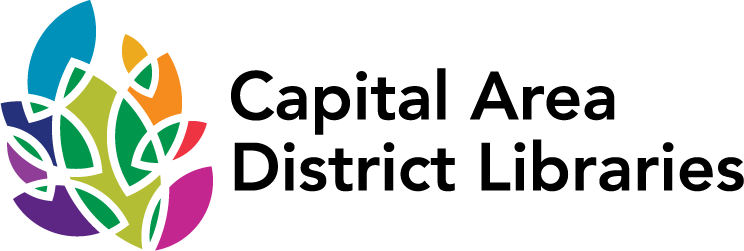Write
Reading and writing go together. As children scribble and draw, they practice eye-hand coordination and exercise muscles in their fingers and hands. This helps develop the fine motor control they need to write words.
Tips
- Children become aware that printed letters stand for words as they see print used in their daily lives. Let them see you write lists, jot down reminders, or make notes on a calendar.
- Once your child can grasp a thick crayon or marker, give him or her unlined paper and plenty of opportunities to read and write.
- Talk to your child about what he or she draws, ask questions, and respond to what your child says. You can also make up a story to go with the drawing.
Activities
- Encourage your children to "sign" their name on their drawings. It is okay if their signature begins as a scribble!
- Ask your child to label parts of his or her drawings.
- Make letter-shaped cookies (and eat them!).
- "Write" your names in a tray of rice.
How the library can help
Many CADL locations have a place to write, and often storytimes include crafts involving drawing, writing, using scissors and other fine motor activities.
Here are some books about drawing and letters:
Harold and the Purple Crayon by Crockett Johnson
The Day the Crayons Quit by Drew Daywalt
Chicka Chicka Boom Boom by Bill Martin
Pete the Cat: I Love My White Shoes by Eric Litwin
Journey by Aaron Becker
Adapted from Every Child Ready to Read @ Your Library, 2nd Edition
